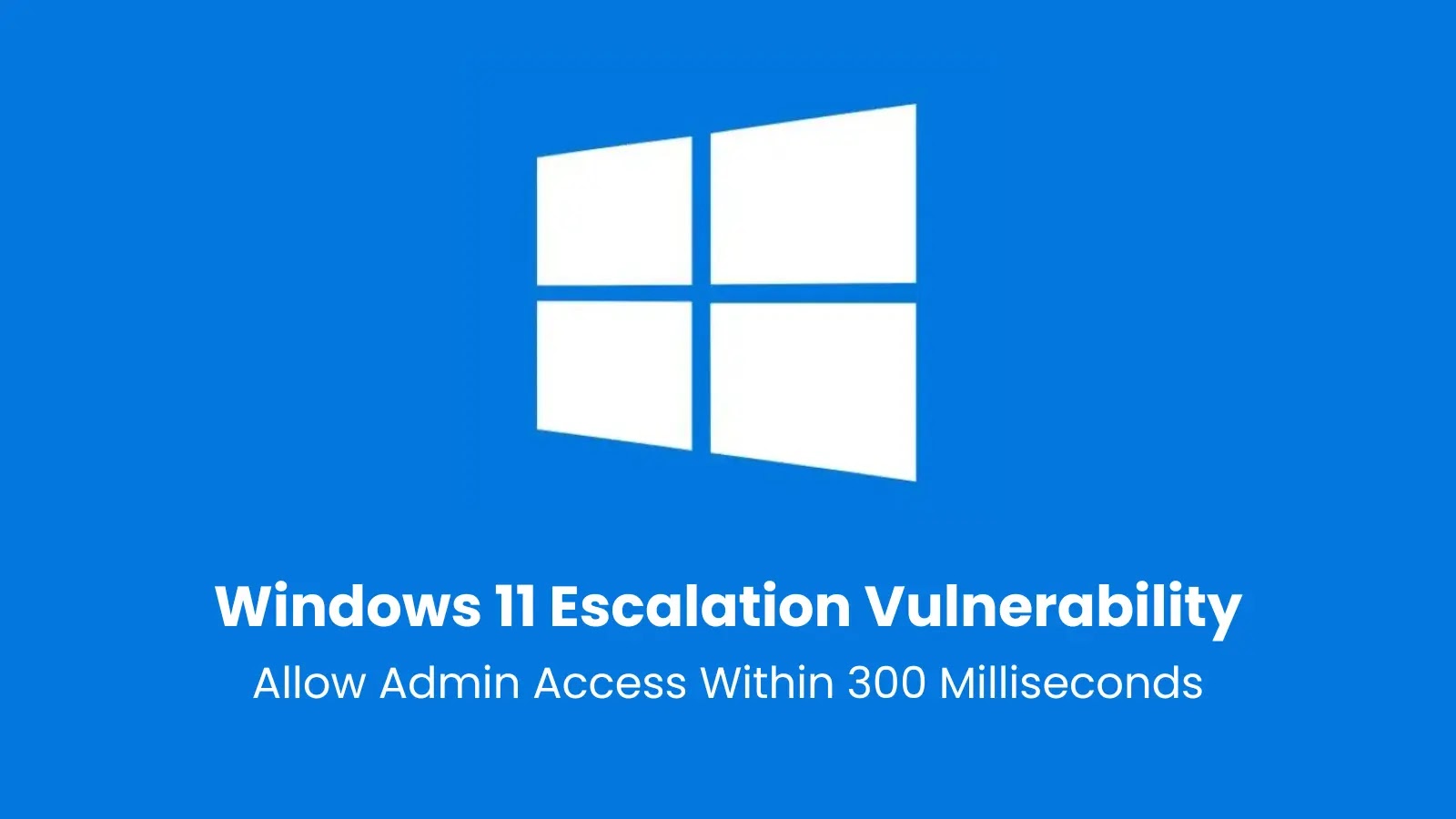.png
)
Overview of the Security Breach
A recently discovered critical vulnerability in Windows 11 enabled attackers to escalate privileges from a standard user to a full system administrator in an alarmingly rapid timeframe of just 300 milliseconds.
Details of the Vulnerability
Identified as CVE-2025-24076, this security gap exploited a flaw in the “Mobile devices” feature of Windows 11 via an advanced DLL hijacking technique. This vulnerability, initially found in September 2024 and disclosed publicly on April 15, 2025, specifically targeted a DLL file engaged by Windows 11’s camera functionality.
Mechanics of the Exploit
The critical DLL in question, CrossDevice.Streaming.Source.dll, resides in a directory modifiable by users, posing significant risks. It is firstly loaded by a low-privilege user process and subsequently by a high-privilege system process.
Researchers exploited this vulnerability using Opportunistic Locks to pause program execution at the crucial moment, enabling the insertion of a malicious DLL to replace the legitimate one. By leveraging Microsoft’s Detours library to intercept specific Windows API calls, they could fool the system into using their crafted DLL, thereby gaining unauthorized access.
Effective Mitigations and Security Recommendations
To counteract this vulnerability, which affects systems using the “Mobile devices” feature, Microsoft swiftly deployed a patch in their March 2025 security updates. This case underscores the essential practices of stringent file access control and robust signature verification processes in security-sensitive environments.
Experts recommend employing Endpoint Detection and Response (EDR) solutions for ongoing behavioral monitoring to catch similar attacks swiftly. Even with consistent system updates, leveraging an EDR solution can provide an added layer of security by proactively detecting and responding to suspicious activities.
Microsoft has documented this vulnerability under CVE-2025-24076 for the systemic privilege escalation and CVE-2025-24994 for a secondary vector involving user-to-user exploits within the same feature framework.
Windows 11 users are urged to install the latest updates without delay to safeguard against these and other potential vulnerabilities. This incident highlights the persistent threat landscape even modern operating systems face, particularly when advanced timing and race conditions are exploited by savvy cyber adversaries.
Download the Free ‘Malware Trends Report Q1 2025’ Now!
Related: 5 Alarming Facts About the Latest Chrome Vulnerability: Urgent Update Required
Last Updated: April 16, 2025




